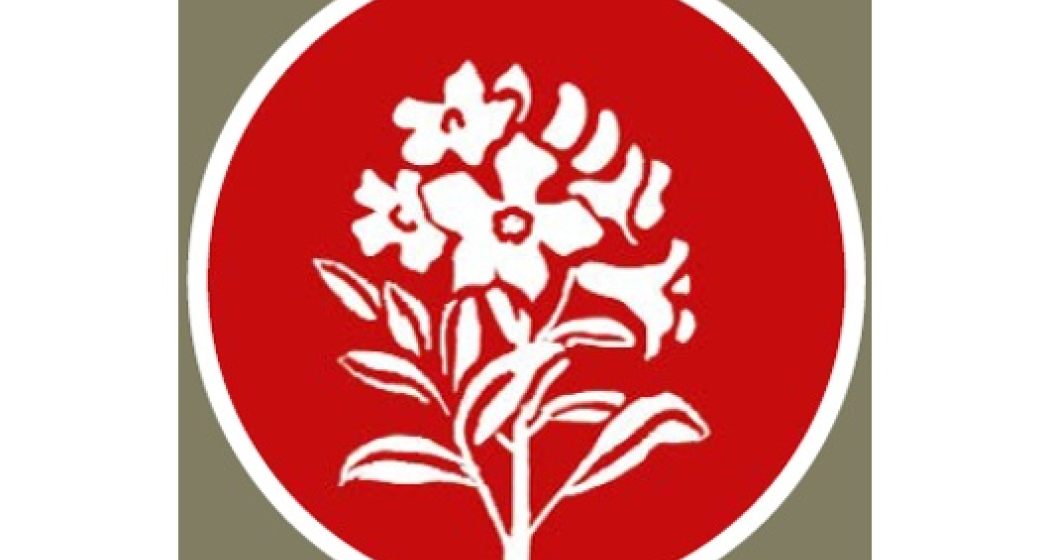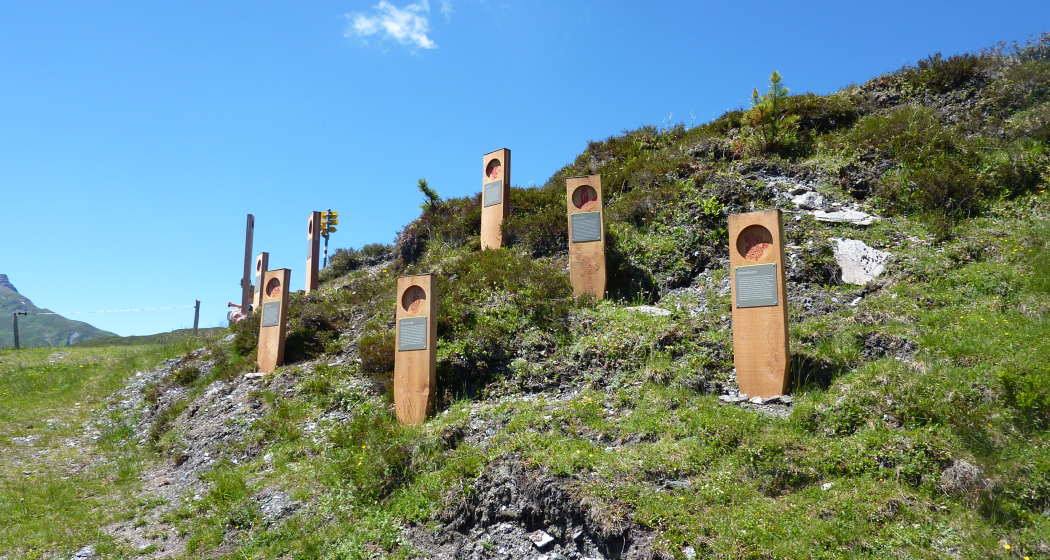Info Point Viamala
Bruuch- und Unbruuchbares


Show all 4 images

Description
"Dwarf shrubs – in dialect 'Bruuch' – have always grown here on Bruuchalp. Typical plants are alpine rose or cranberry. Here you can easily observe how the Bruuch expands if it is not counteracted: Further down, where the cows often and gladly graze, there is less Bruuch. Instead, juicy pasture herbs grow. Further up towards Glasergrat, the breeding plants are denser, as there is more extensive cultivation. The Bruuch is of little use to the alpine farmer, as these plants displace the important nutrient-rich grasses and herbs on the pasture and are unpopular with cattle with their leathery leaves or even have a toxic effect. The black grouse, on the other hand, needs the Bruuch. It feeds on the berries in autumn and on the evergreen leaves in winter and finds shelter in them." Annina Schreich, environmental scientist, plant mapping at Heinzenberg
Alpine rose, blueberry, cranberry, broom heather and all kinds of small woody plants with mostly leathery, evergreen leaves together form the Bruuch, also known as dwarf shrub heather. In the lowlands, the Bruuch is limited to a few, rather small-scale locations, in the high altitudes, such as here on the upper Heinzenberg, they occur more extensively.
The heaths are found on acidic soils and thus agriculturally unproductive sites. Since the leathery leaves of the breeding plants are difficult to degrade, they make the soil even more acidic. For many herbivores, this habitat, which is characterized by breeding plants, is not particularly interesting, the plants protect themselves against browsing with tannic-containing tissue and generally produce little biomass.
For some animal species, however, the Bruuch is an ideal habitat and food supplier, e.g. for the black grouse, the grass frog or the marmot. The latter particularly likes the nutrient-rich and healthy pasture herbs growing here between the patchy stock of breeding plants. These include the bearded bellflower (blooms from June to August) or arnica (blooms from May to August).
Breeding plants protect themselves from wilting
Plants wilt when they evaporate more water through the crevices on the leaves than they absorb through the roots. The evergreen breeding plants, which cannot reduce their evaporation to a minimum by shedding leaves, must protect themselves from water loss, especially in winter. Because then they cannot absorb water from the frozen ground. In order to protect themselves from too much evaporation during the water-scarce period, the breeding plants have special characteristics:
- Small leaf surface area or reduction of the leaf area by rolling up the leaf edges.
- Hairs to keep out sunlight and form a windless, moist layer of air around the plant surface.
- Leathery leaves with a particularly thick-walled outer layer to contain evaporation and limit it to the underside of the leaves.
Contact
Bruuch- und Unbruuchbares
Viamala Tourismus
Responsible for this content: Viamala Tourism.
This content has been translated automatically.

This website uses technology and content from the Outdooractive platform.